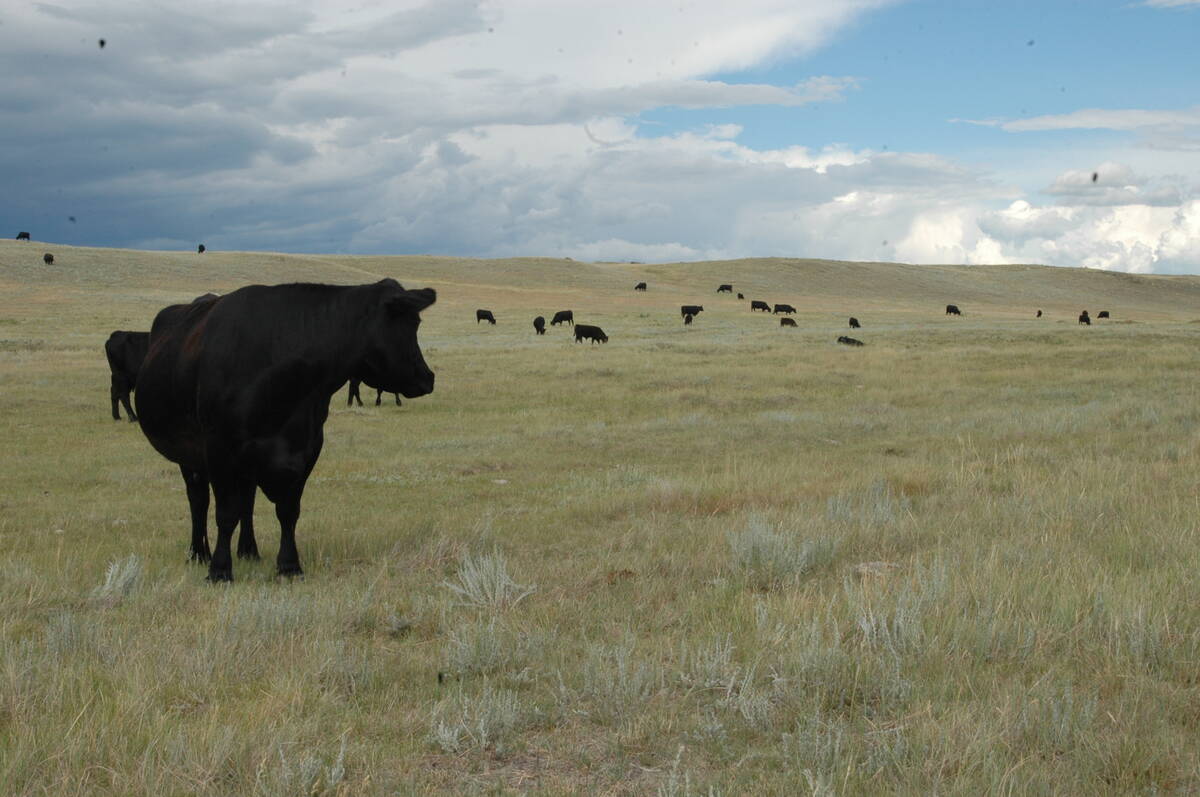SAN ANTONIO, Texas – A little- understood viral disease that affects cattle, horses and swine could restrict equestrian events at the summer Olympics in Atlanta this year.
Vesicular stomatitis virus was first discovered in New Mexico last May. News of the disease, which hasn’t been seen since 1983, placed tight restrictions on American horses crossing borders.
VSV causes sores resembling foot- and-mouth disease lesions in the mouth and hoofs and can cause heavy losses in animal production.
It seems to run in 12 to 15-year cycles with the last outbreak in 1982 and 1983. Another outbreak is expected in 1996 and horse movement from state to state may be restricted. This affects events like equine competitions at the Olympics, horse shows and rodeos.
Read Also

Canadian Food Inspection Agency slammed for handling of bovine tuberculosis case
The federal government leans heavily on producers to “take one for the team” and risk their livelihoods without any reassurance of support.
The first case was diagnosed May 6, 1995 in New Mexico.
By year end, more than 1,100 suspected cases were investigated with 367 cattle and horses and one llama confirmed as having the disease, said state veterinarian Jerry Boh-lender of Colorado.
The infected animals were quarantined.
An update on the disease was presented to the animal disease research committee during the National Cattlemen’s Association convention here.
Reported cases
In total, Colorado reported 165 cases and New Mexico reported 186. The rest occurred in Arizona, Texas, Utah and Wyoming. The last animal was released from quarantine Dec. 31.
To keep the disease out of Canada, Agriculture Canada didn’t allow susceptible animals from infected states into the country. The restriction was lifted Jan. 1, said Stan Petran of Agriculture Canada.
Canada also suspended 30-day privileges which allow horses into the country for less than 30 days without a veterinarian’s health certificate.
American animal health official Joan Arnold said the disease is difficult to diagnose.
“Only lab tests can differentiate it from foot-and-mouth,” she said. The disease is carried though animal to animal contact. Insects are also suspected carriers.
“It has far-reaching implications, more so than the early Eighties because there is more trade now,” said Arnold.
Researcher Bob Hillman of Idaho State said no one is sure if this outbreak is the same strain as 1982 and 1983.
“We need to know which insects might be biological carriers,” he said. He suggested deer and elk should also be watched as possible carriers.
In the mid-1980s, research stopped when the disease vanished. When it reappeared last summer there were no vaccines or clear policy on quarantines or animal movement.
“We better not stop again. If we stop, this organization (NCA) better kick every dad gum one of us out,” said Hillman.
The NCA approved a resolution to direct research money toward finding a vaccine, as well as establishing consistent diagnoses procedures and a quarantine policy.















